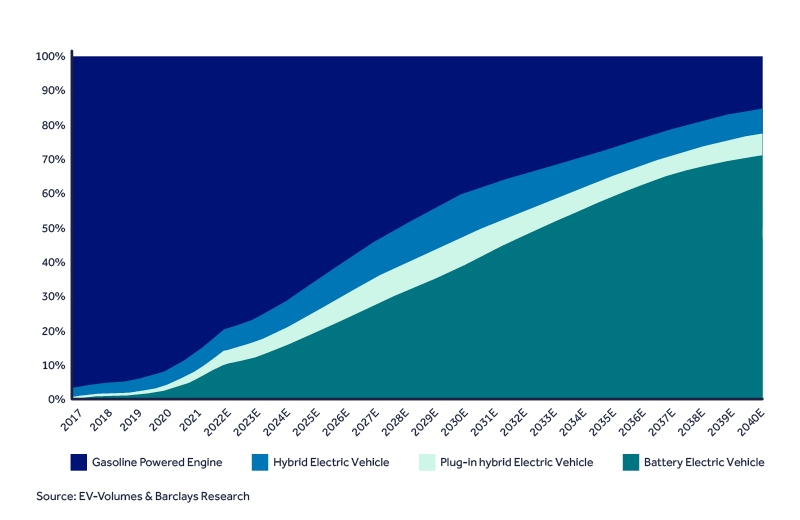If You Have an Electric Vehicle You Should Embrace Demand Response Programs
As EV adoption grows, demand response programs help manage charging, lower costs for drivers, and support grid stability for utilities.

In 2023, electric vehicle (EV) sales surged globally, with significant growth across all major markets. In the United States, consumers purchased 1.19 million all-electric vehicles, marking a 46% increase from the year before. Globally, EV sales reached 14.3 million units, with China dominating the market at approximately 9 million new EVs sold and a market share of 34%, followed by Europe with 2.7 million units. In Canada, EVs are also gaining momentum with close to 185,000 new registrations, representing a 49% increase from 2022.
Electric vehicle sales in the U.S. grew by 11.3% year over year in the second quarter this year, reaching a record-high volume of 330,4631 units, according to new estimates from Kelley Blue Book, an automotive research company. Looking ahead, EV sales will continue to rise. According to the independent energy research Rystad Energy, global EV sales are expected to reach 17.5 million units in 2024, an 18.5% increase year-over-year.

The rapid growth of EVs underscores the need to manage charging options and cost savings for EV owners, while ensuring grid stability and balanced system loads for utilities. One effective solution to address these challenges is through demand response (DR) programs.
EV owners can connect their devices and synchronize with utility programs, allowing them to manage charging schedules and earn financial rewards, all without compromising their travel needs. The benefits for EV owners include:
Cost Savings
DR programs allow EV owners to charge their vehicles during off-peak hours when electricity prices are lower. This can lead to significant cost savings on their electricity bills.
Increased Earnings
Many electric companies reward consumers for consuming the bulk of their electricity only during non-peak hours. For example, National Grid offers a Voluntary Time-of-Use (VTOU) rate where Upstate NY customers can save by shifting their electricity use to off-peak hours (typically from 11 PM to 7 AM).
Enhanced Control
DR programs provide EV owners with greater control over their energy usage. They can schedule their EV charging to times when it is most cost-effective, and in some cases, even participate in programs that allow their EVs to discharge energy back to the grid during the highest demand periods.
Environmental Benefits
By participating in DR programs, EV owners contribute to reducing the overall demand on the electricity grid, which can help lower greenhouse gas emissions and promote the use of renewable energy sources.
Integration with Other Programs
EV owners can often combine DR programs with other utility programs, such as Smart-Charge programs, to maximize their benefits.
For example, in New York, EV owners can charge their vehicles at night when electricity rates are lower through Con Edison's Smart-Charge program. During the day, they can participate in Meltek's DR programs, which offer financial incentives for reducing electricity usage during peak demand periods.
Convenience
DR programs often come with user-friendly tools and apps that make it easy for EV owners to manage their participation. Some aggregators allow the EV owner to plug in whenever, and the app then controls charging to assure plenty of power when needed, but still getting maximum DR reward. These tools can provide real-time information on electricity prices, usage, and potentially more savings.
Ready to Start Earning?
Join thousands of users who are already earning rewards while helping the environment.